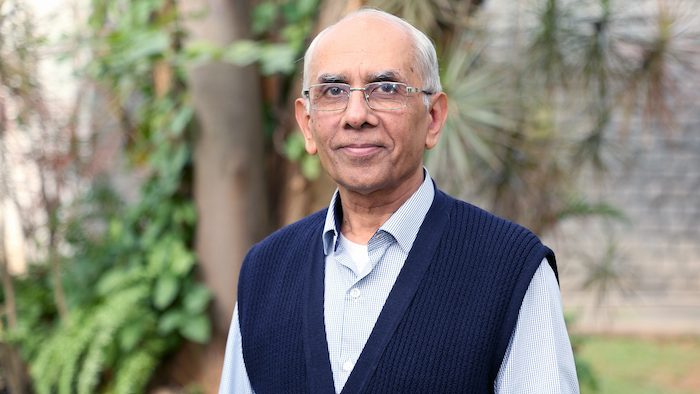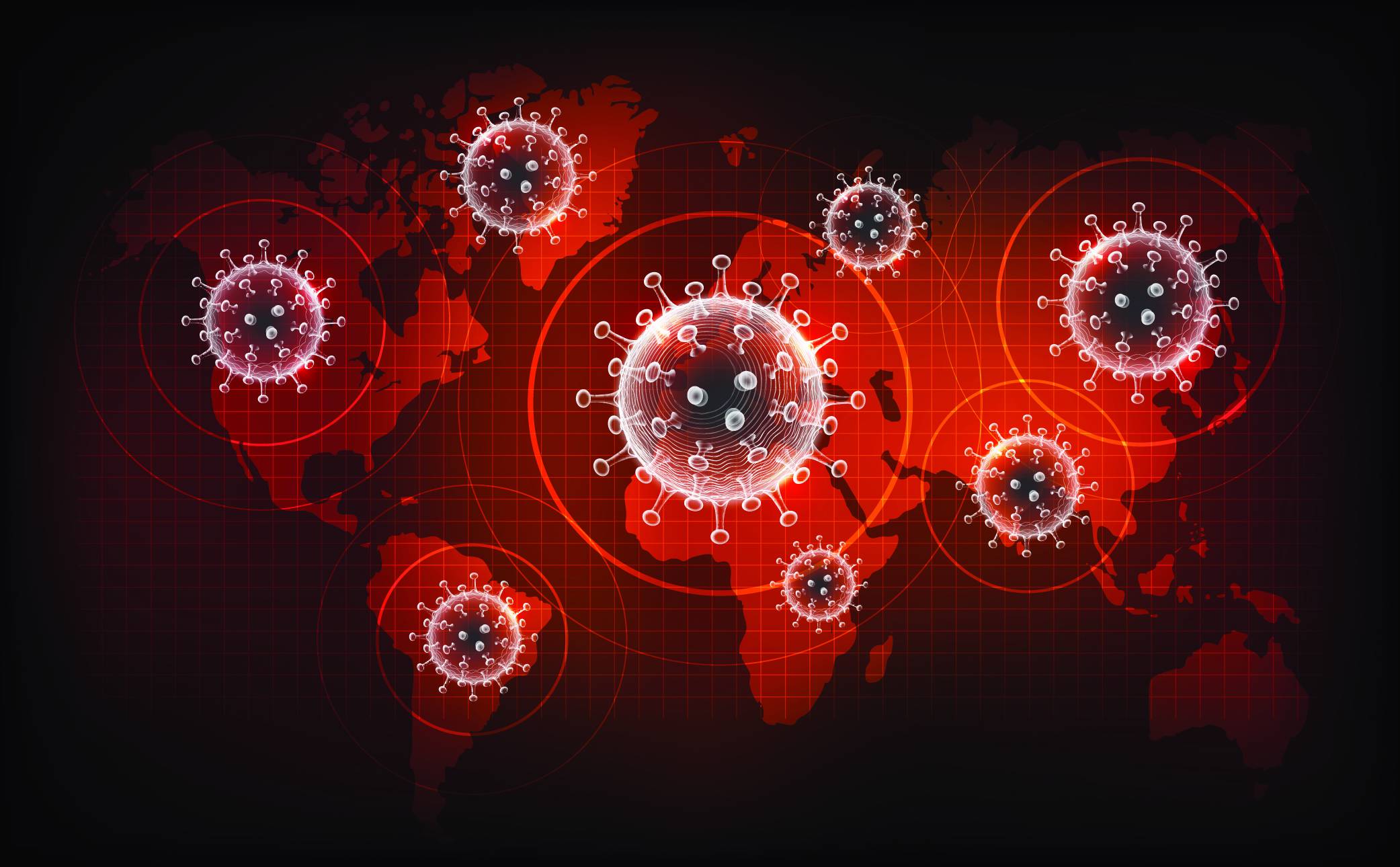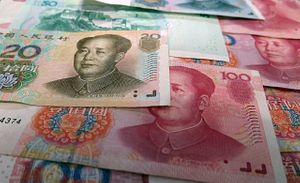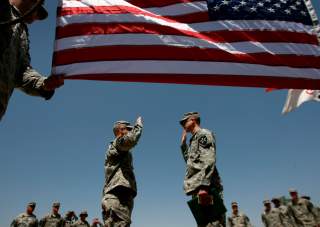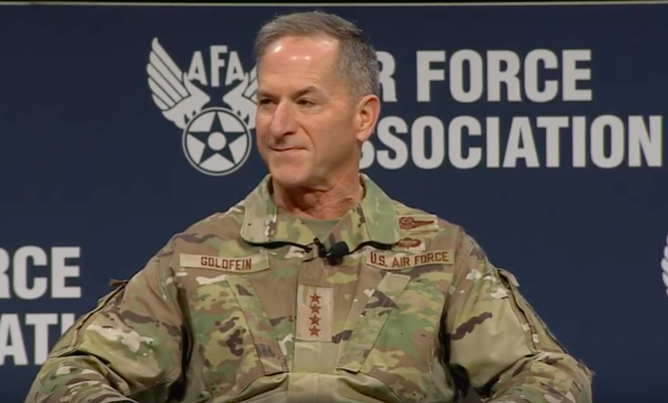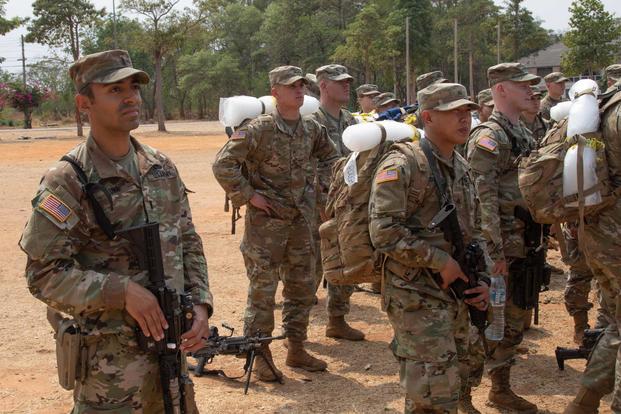Ambassador Ravi Neelakantan served in the Indian Foreign Services from the 1970s until 2009. During his tenure he has held multiple portfolios including as Secretary in the Ministry of External Affairs, Indian Ambassador to ASEAN and Vietnam in addition to various postings in Tokyo, Belgrade, Munich, Moscow and Bhutan. He has also worked in the Ministry of Commerce and Ministry of Finance on a range of issues including India’s Foreign trade, child labour, and the Middle Eastern oil industry. Post-retirement he has been working as a Senior Fellow in the Centre for Public Policy at the Indian Institute of Management Bangalore.
Where do you see the most exciting research/debates happening in your field?
Some of the more absorbing areas of research that are happening in the field of international relations these days are, the effect of rising nationalism on a country’s foreign policy; the exit of globalization as an integrating phenomenon with nothing substantial to replace it, to enable the coming together of nations for a common purpose; the alarming decline in areas of convergence in the conduct of international trade; and a near total inattention to monitoring progress in the area of the Sustainable Development Goals, even though many of the Millennium Development Goals were never reached.
How has the way you understand the world changed over time, and what (or who) prompted the most significant shifts in your thinking?
